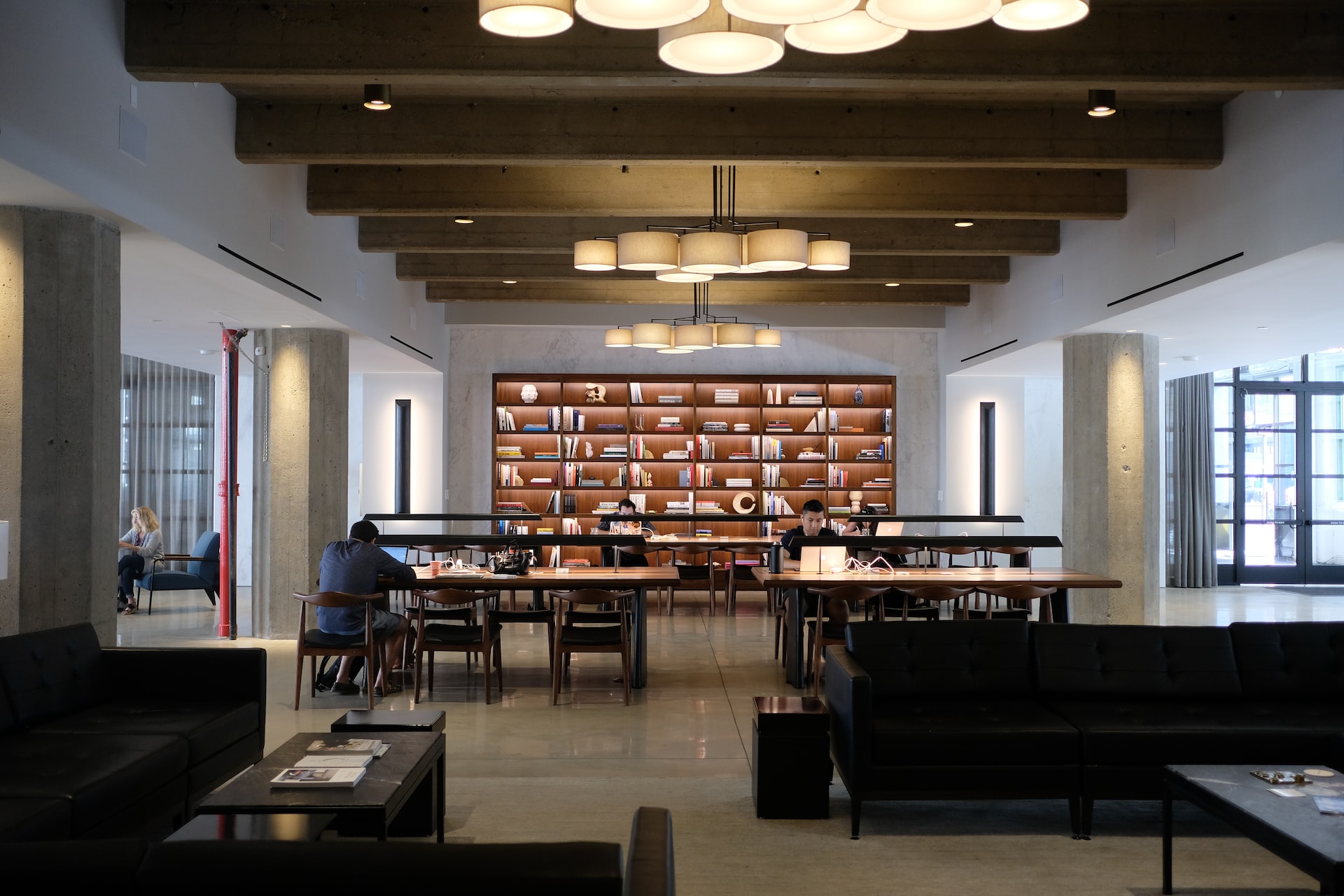Coworking
-
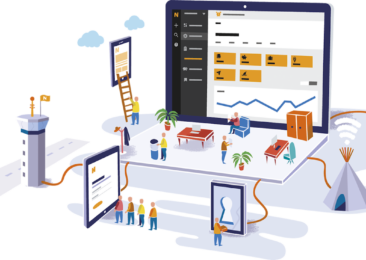
- Coworking
- Coworking News
- Meet the team
Coworking Software Updates in 2025: Product and Design at Nexudus
Ken Loh on December 22, 2025 -

- Coworking
- Hospitality
- Hybrid work
Designing the Coworking Experience
Lucy McInally on December 19, 2025 -

- Coworking
- Coworking News
Coworking Teams Are Burning Out. What Can Operators Do About It?
Emily Nguyen on December 19, 2025 -

- Coworking
- Coworking Resources
Why Diversified Revenue is the Future of Coworking
Emily Nguyen on December 12, 2025 -
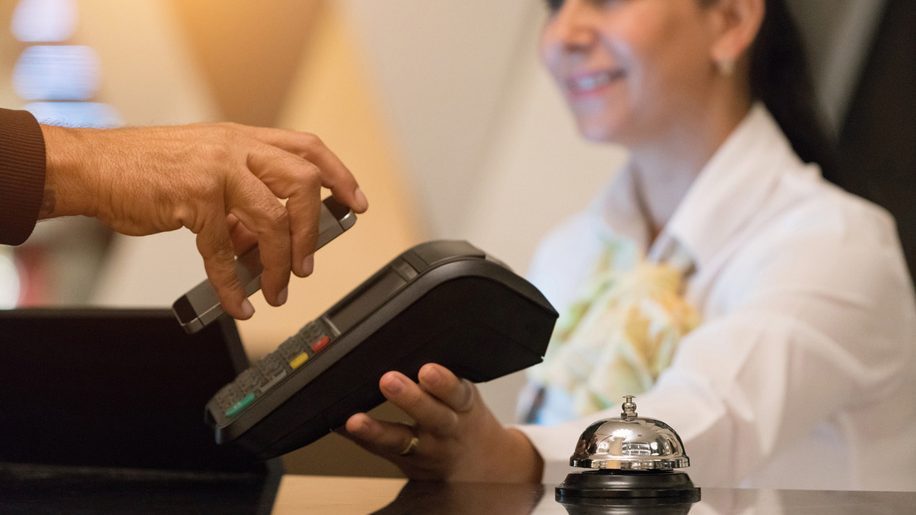
- Coworking
- Coworking Resources
- Technology
Stop Losing Customers at the Finish Line by Keeping Your Checkout Smooth and Compliant
Emily Nguyen on December 10, 2025 -

- Community
- Coworking
- Coworking Resources
- Uncategorized
The Hidden Utilisation Problem Affecting Most Coworking Spaces – And How to Fix It
Emily Nguyen on December 3, 2025 -
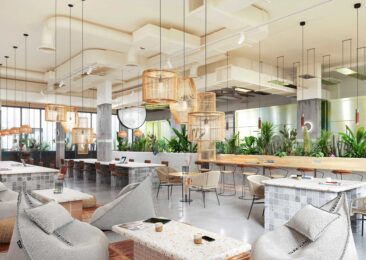
- Coworking
- Coworking News
Lucy’s Top 10 Coworking Spaces in 2025 in and around London
Lucy McInally on December 2, 2025 -
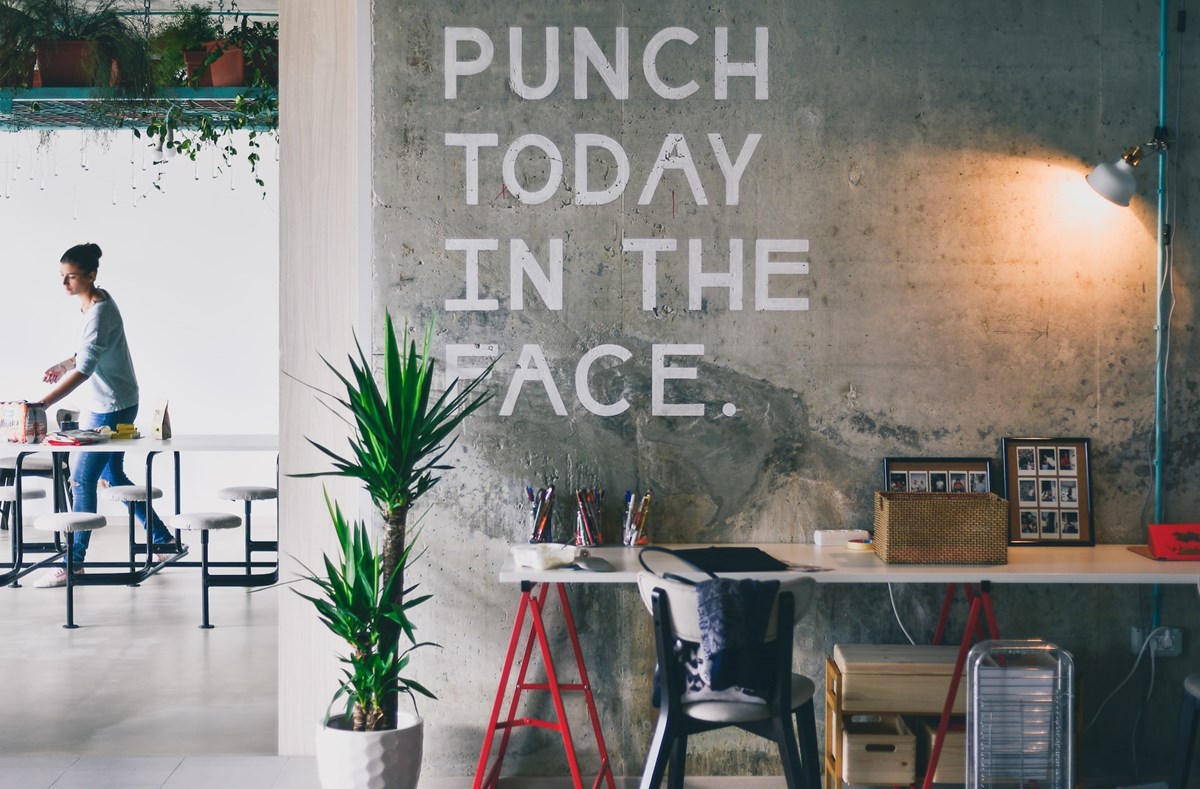
- Coworking
- Coworking News
The 7 Best Female-Focused Coworking Spaces (And Why They Matter)
Kate Tattersfield on October 30, 2025 -
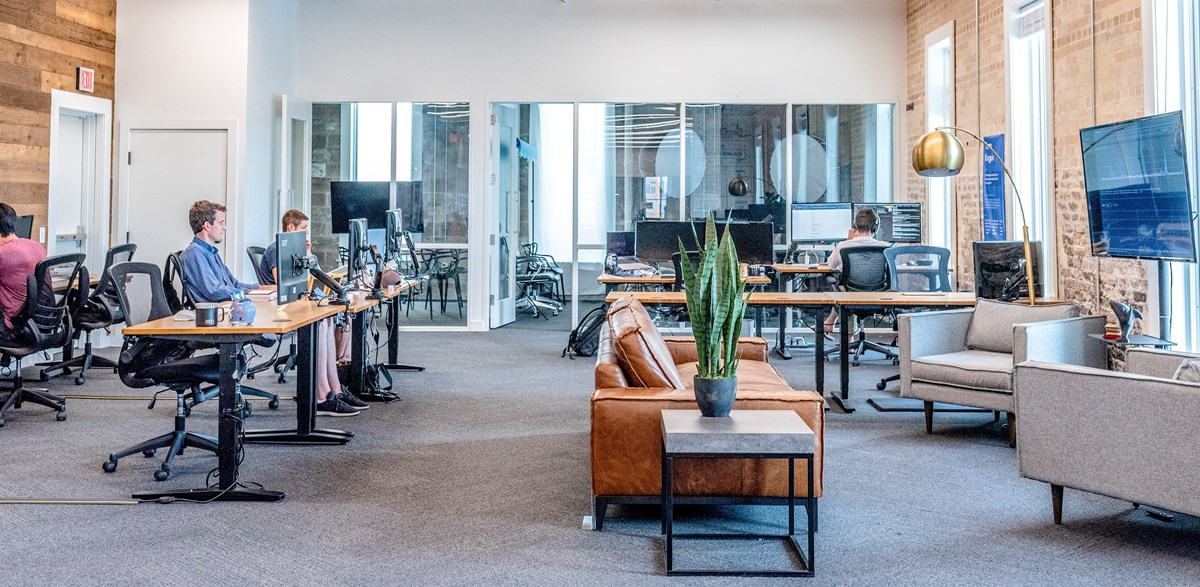
- Coworking
- Coworking Resources
What Are the Top Coworking Listing Sites to Promote Your Space?
Coworking listing sites are becoming increasingly popular. They’re free to use and save those looking for an...
Kate Tattersfield on October 1, 2025 -
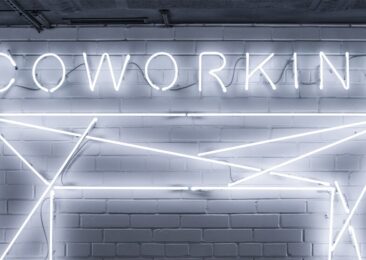
- Coworking
- Coworking Resources
What Is Coworking and How Does It Work?
Lucy McInally on September 24, 2025
As 2025 comes to a close, we wanted to take a moment to reflect on what has been a big and meaningful year for Product and Design at Nexudus.
It’s been a year defined by momentum: evolving consistently, listening closely to customers, and improving not just how Nexudus works but how it looks, feels, and supports the businesses that rely on it every day.
A fresh look for Nexudus
One of the most visible milestones this year was the completion of the Nexudus rebrand. From our updated colour palette to refreshed communication templates and a fully uplifted website, this work was about more than aesthetics. It was about better reflecting our values, improving clarity, and creating a more consistent experience across our coworking software.
You’ll have seen the new branding rolled out steadily throughout the year and it now underpins everything from product UI to marketing and support materials.
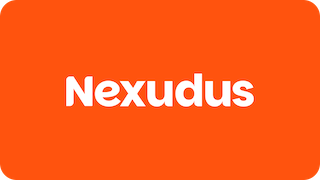
Delivering continuous product improvements
In 2025, we released 64 high-profile product updates across the Nexudus platform. These ranged from major new capabilities to smaller refinements that quietly make everyday workflows faster and easier.
Behind the scenes, each design sprint involved dozens of tasks and multiple epics – a reflection of the team’s focus on delivering value continuously, not just in big launches.
Major product improvements
Some of the biggest deployments this year included a full overhaul of our companion apps:
- NexIO
- NexEvents
- NexDelivery
- NexKiosk
- NexBoard, which entered beta towards the end of the year
Alongside this, we introduced a range of new features aimed at:
- Improving operator efficiency
- Enabling more self-service for members
- Enhancing overall usability and user experience
- Creating new revenue opportunities for customers
We are committed to continuously making ongoing refinements – iterating, learning, and improving based on real-world usage and feedback.
Staying connected to the industry and our customers
Throughout the year, members of the Product and Design team attended and participated in key industry events including GCUC Manchester, GCUC London, Coworking Europe, and Turing X. These events gave us valuable opportunities to speak directly with operators, learn from the wider flexible workspace community, and better understand emerging trends impacting coworking software and technology.
Insights from these conversations help inform how we prioritise features and shape the product roadmap, ensuring our work remains grounded in real customer needs.
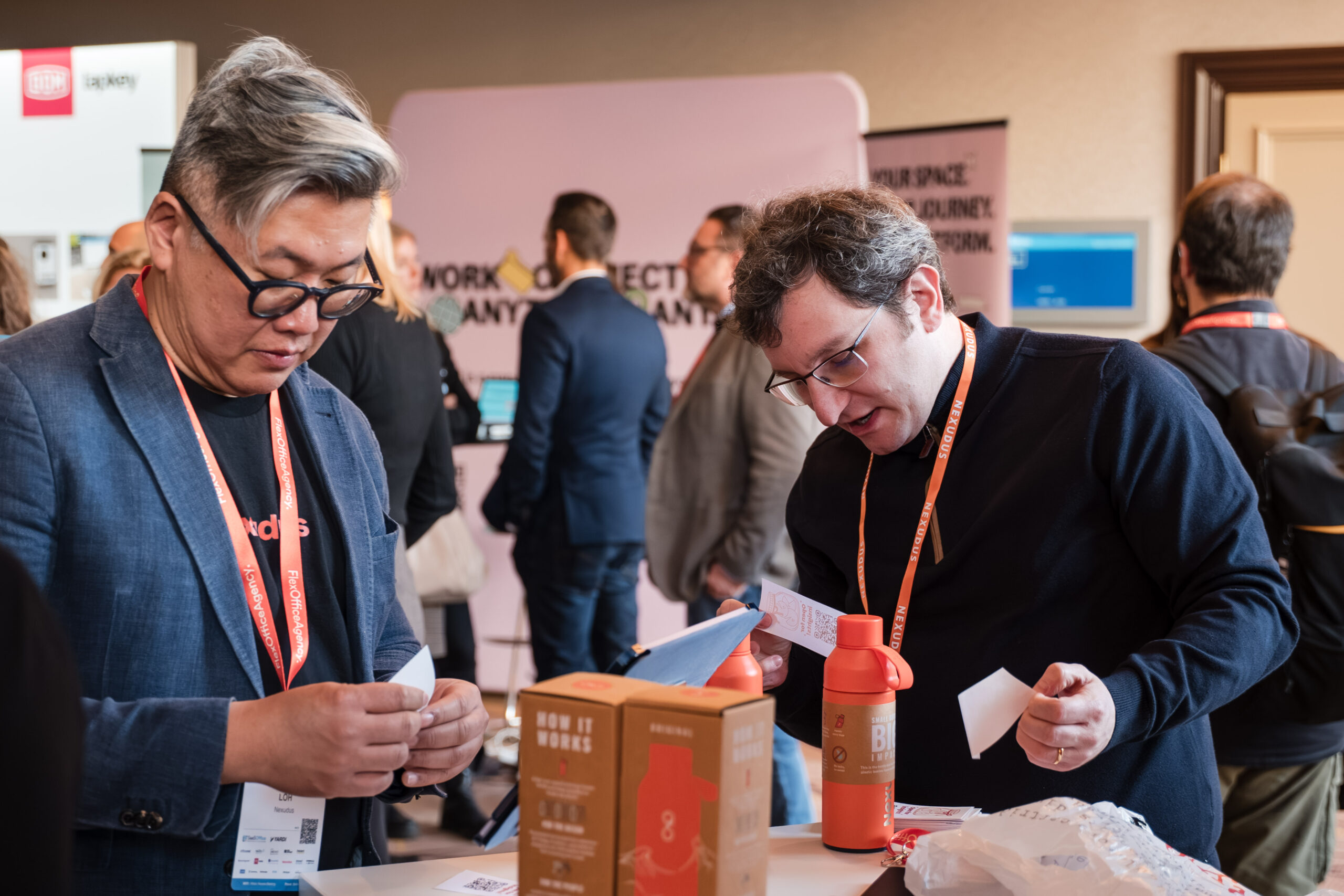
Photo courtesy of Coworking Europe 2025 (Berlin).
Research, prototyping, and customer insight
In the second half of 2025, we concentrated on advancing several key initiatives that will shape the platform moving forward. We made significant progress on the next version of our Members Portal, using rapid prototyping, usability testing, and research sessions to better understand how members interact with the platform and what they expect from it.
In parallel, we laid the foundations for a new Reporting Framework, spending weeks researching customer needs, identifying pain points, and designing a more flexible, scalable approach to reporting.
Customer collaboration played a key role throughout the year. Through beta testing, focus sessions, product showcases, and nearly 400 hours of direct customer conversations, we worked closely with operators to shape solutions grounded in real needs.
Interested in taking part? If you’d like to join future beta testing, focus sessions, or research initiatives, get in touch with our Product team at product@nexudus.com
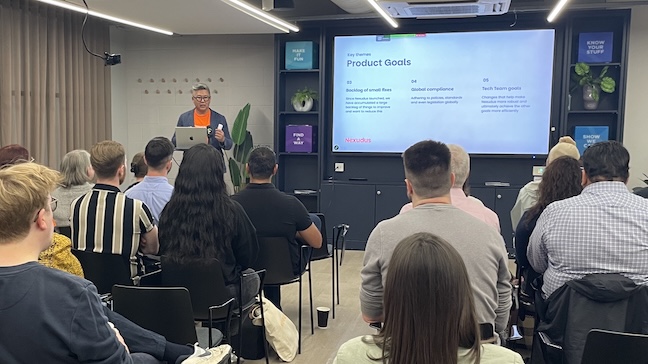
Strengthening how we work
Internally, we continued to improve our design operations, introducing clearer sprint structures, better tooling, and more consistent processes for handling design requests. These improvements help us deliver more reliable coworking software product updates over time.
There’s more to do here, but 2025 marked an important step toward more data-informed product decisions.
Looking ahead
As always, our goal remains the same: to help coworking and flexible workspace operators run better businesses with software that’s powerful, usable, and built with them, not just for them.
Thank you to everyone who shared feedback, attended a session, or challenged us to do better this year. There’s plenty more to come!

